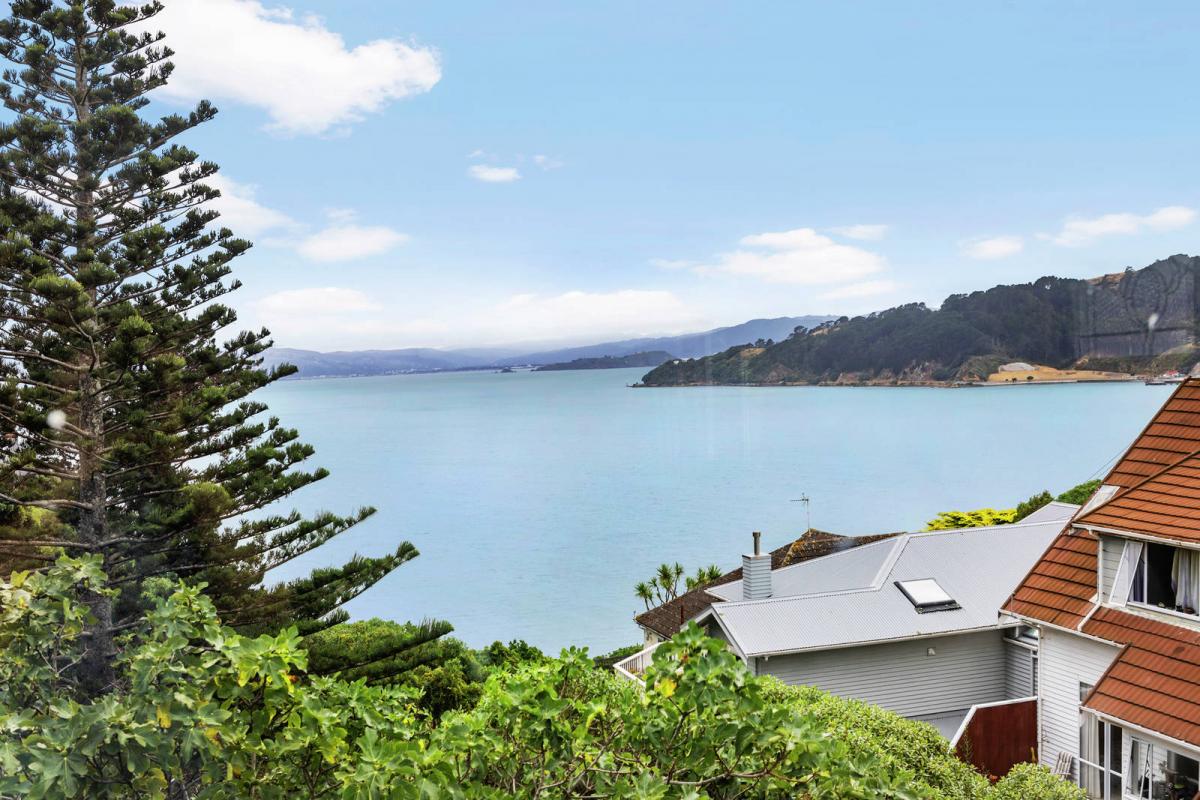The Green Side of Wool
We have a soft spot for sheep. For many, sheep are symbolic to New Zealand culture with the rearing of sheep being the backbone to the economy for many years.
Sheep farming was established in New Zealand by the 1850s and has played an important role in the economy ever since. For several decades wool accounted for more than a third of New Zealand’s exports by value with the sheep population peaking at just over 70 million in 1982.
This number is significant when comparing it to New Zealand’s human population. By 2020, sheep numbers dropped to 26 million, following a decline in profitability compared to other types of farming, particularly dairying.
While also farmed for their meat, today’s article focuses on sheep wool and its environmental attributes.
Wool is a natural and renewable resource and as long as our beloved sheep are eating the tasty green pastures from New Zealand farms they will always produce wool. Wool has amazing properties that make it ideal for many applications from home textiles through to incontinence underwear.
At this point in time, cotton and synthetic fibres are the most commonly used and produced fibres globally, however their performance does not come close to wool, in particular the environmental benefits.
From wool to yarn: The wool clip (total yield of wool shorn during one season from the sheep) is sent to the scourers where the wool is cleaned and dried, and from there to a woollen spinner where the fibre is spun into yarn. The yarn is then sent on to the manufacturer of textile products where many different processes are involved.
The yarn is wound onto dye cones and dyed to the required colours. Next the yarn is warped onto beams. These warp beams are then threaded through the looms so that the weft yarn can run across the warp to create a woven fabric.
The fabric is then inspected and then washed and dried. Very few chemicals are used in the processing, typically only water and heat.
Keep reading: www.curtainclean.co.nz...
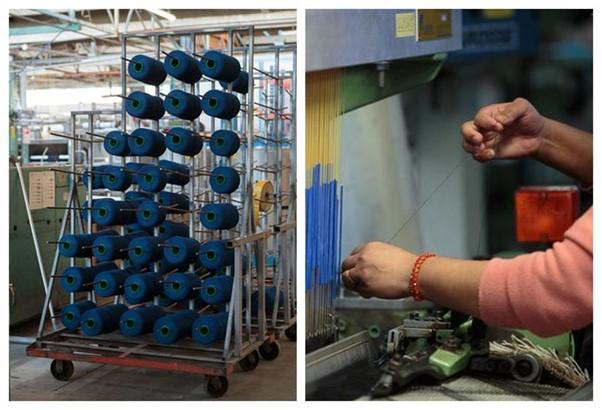
Anzac Day
There are opportunities across the motu for the public to come together to mark Anzac Day this year.
National Anzac Day events include the Dawn Service at 6.00am and the National Commemorative Service at 11.00am (both at Pukeahu National War Memorial Park, Wellington), and the Atatürk Memorial Service at 2.30pm in Strathmore, Wellington. The Dawn Service and National Commemorative Service will be broadcast live by TVNZ 1 and RNZ National.
For those wanting to join the Anzac Day parade at the Dawn Service, veterans are asked to assemble on Tasman Street by 5.30am.
The Atatürk Memorial Service in Strathmore will include a wreath-laying ceremony. A shuttle service will be running from Bowes Crescent carpark to the memorial site for anyone who may require assistance accessing the site.
For more information about Anzac Day, visit the Manatū Taonga Ministry for Culture and Heritage website or see the Pukeahu National War Memorial Park Facebook page.
To find out about events in your local community, visit the Royal New Zealand Returned and Services’ Association’s website or get in touch with your local council.
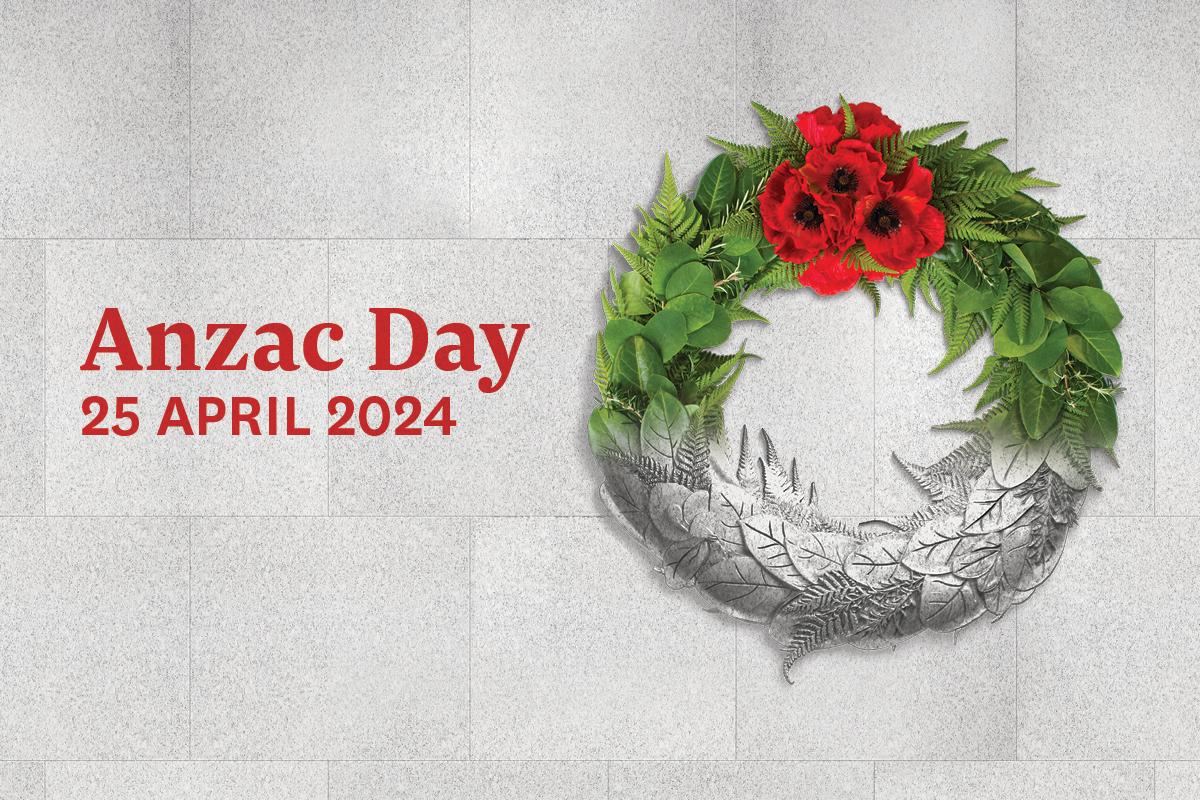
Need planning advice?
Are you subdividing or developing and don’t know where to start? Our Wellington based team are experienced practitioners in resource consent preparation & processing, landscape architecture & urban design – and much more!
What sets us apart? Our extensive experience collaborating with Councils and making sure we put quality at the forefront of everything we do, enabling us to provide you with the best quality advice possible.
Check out our website and feel free to get in touch – we look forward to working with you.
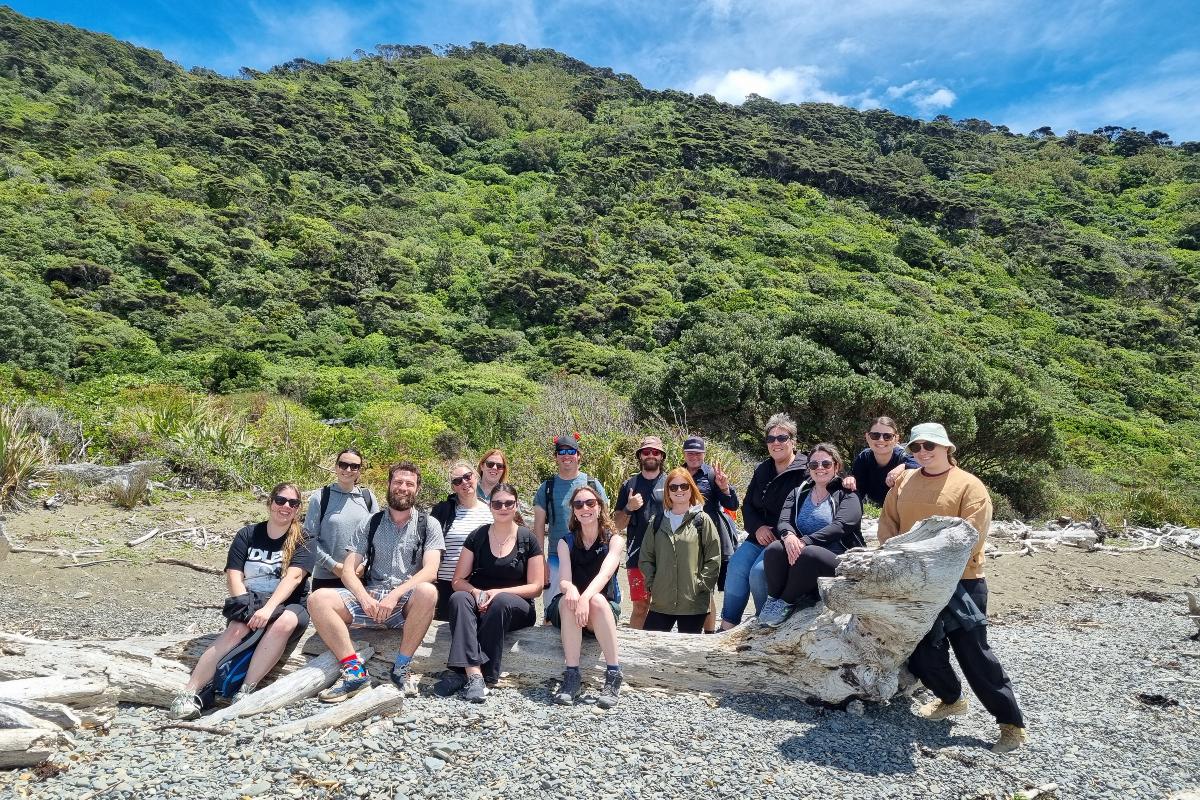
Poll: Could we live without public bins?
Many public rubbish bins are being removed by councils due to the large costs of regularly emptying them. Do you think we can adapt and live without them?
Type 'Not For Print' if you wish your comments to be excluded from the We Say You Say column of your local paper.
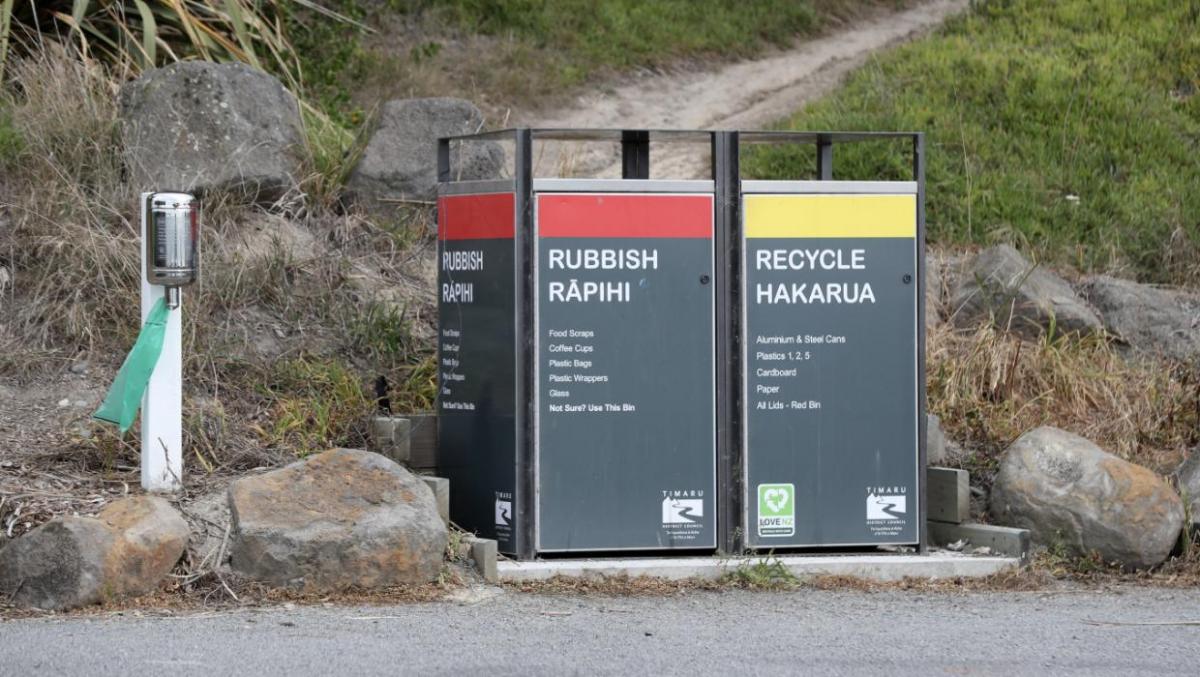
-
12% Yes
-
87.5% No
-
0.5% Other - I'll share below
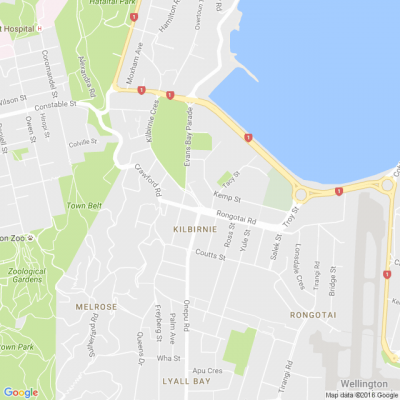





 Loading…
Loading…



















